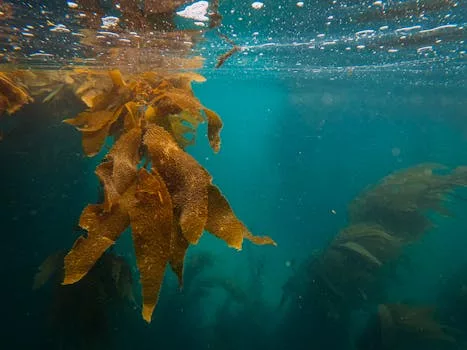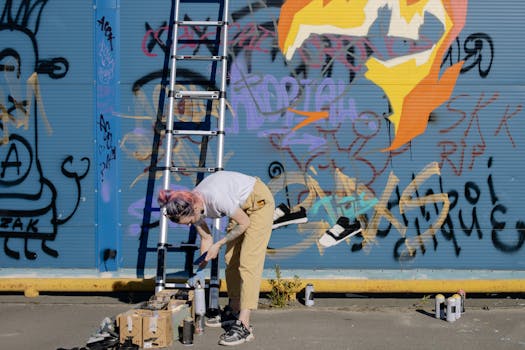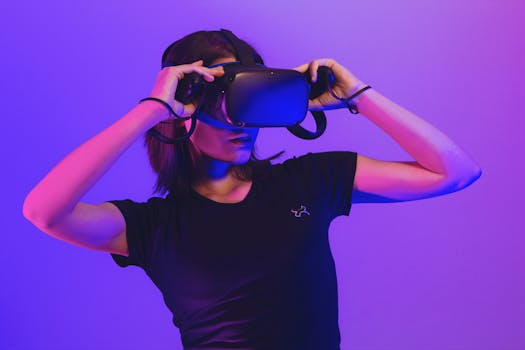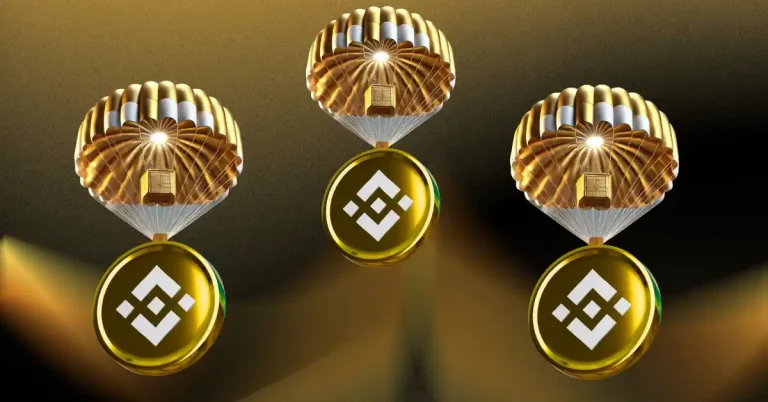
Exploring the World of Virtual Reality Art Installations
Takeaways:
- Virtual reality art installations are revolutionizing the art world, offering immersive experiences that engage and challenge traditional perceptions of art.
- The integration of technology in art creates new opportunities for storytelling, interaction, and viewer participation.
- As VR technology continues to evolve, the future of art installations will likely become even more dynamic and interconnected.
In recent years, the fusion of technology and art has given rise to a new genre of creative expression: virtual reality (VR) art installations. These immersive experiences transport viewers into digital realms, challenging their perceptions of reality and art itself. As artists explore the potential of VR, they are crafting installations that not only engage the senses but also provoke thought and emotional responses.
The Evolution of Art in the Digital Age

Traditional art forms, such as painting and sculpture, are often limited by the confines of physical space. However, VR installations break these barriers, offering limitless possibilities for creativity. Artists can design expansive, fantastical worlds that exist only in the digital realm, where the laws of physics and reality can be bent or entirely redefined. This freedom encourages experimentation and pushes the boundaries of what art can be.
The Impact of Virtual Reality on Artistic Expression

One notable example of a VR art installation is The Night Cafe, inspired by Vincent van Gogh’s famous painting. This immersive experience allows visitors to walk through a 3D recreation of the artist’s iconic café, engaging with the environment in a way that traditional art cannot offer. The experience is deeply emotional, as it evokes the feelings and atmosphere of Van Gogh’s work, enabling participants to connect with the artist’s vision in a profoundly personal manner.
Moreover, VR art installations often incorporate elements of gamification, where viewers can interact with the artwork in playful and meaningful ways. This interactivity not only enhances the experience but also invites participants to explore their creativity and imagination. The blend of art and technology encourages a dialogue about the role of the audience in the artistic process, challenging the traditional notion of the passive observer.
The Future of Virtual Reality Art Installations

Furthermore, accessibility is a crucial factor in the evolution of VR art. As the technology becomes more affordable and widely available, a broader range of artists will be able to create VR experiences, democratizing access to this medium. This shift could lead to an explosion of diverse voices and perspectives within the VR art scene, enriching the art world as a whole.
In addition, the rise of virtual galleries and online exhibitions has made it possible for audiences around the world to experience VR art without the need for physical travel. This accessibility not only broadens the reach of artists but also fosters a global dialogue about art and its impact on society. As viewers engage with VR art installations from different cultural backgrounds, the conversation surrounding art will become increasingly multifaceted.
Conclusion








